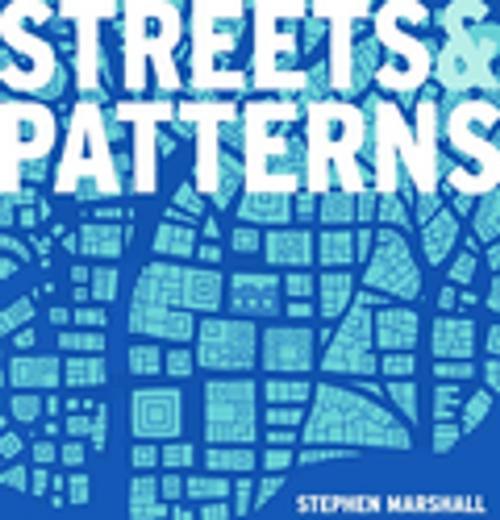| Author: | Stephen Marshall | ISBN: | 9781134370757 |
| Publisher: | Taylor and Francis | Publication: | August 2, 2004 |
| Imprint: | Routledge | Language: | English |
| Author: | Stephen Marshall |
| ISBN: | 9781134370757 |
| Publisher: | Taylor and Francis |
| Publication: | August 2, 2004 |
| Imprint: | Routledge |
| Language: | English |
There is an emerging consensus that urban street layouts should be planned with greater attention to ‘placemaking’ and urban design quality, while maintaining the conventional transport functions of accessibility and connectivity. However, it is not always clear how this might be achieved: we still tend to have different sets of guidance for main road networks and for local streetgrids. What is needed is a framework that addresses both of these, plus main streets – that don’t easily fit either set of guidance – in an integrative manner.
Streets and Patterns takes up this challenge to create a coherent rationale to underpin today’s streets-oriented urban design agenda. Informed by recent research, the book looks behind existing design conventions and beyond immediate policy rhetoric, and analyses a range of first principles – from Le Corbusier and Colin Buchanan to New Urbanism.
The book provides a new framework for the design and planning of urban layouts, integrating transport issues such as road hierarchy, arterial streets and multi-modal networks with urban design and planning issues such as street type, grid type, mixed-use blocks and urban design coding.
There is an emerging consensus that urban street layouts should be planned with greater attention to ‘placemaking’ and urban design quality, while maintaining the conventional transport functions of accessibility and connectivity. However, it is not always clear how this might be achieved: we still tend to have different sets of guidance for main road networks and for local streetgrids. What is needed is a framework that addresses both of these, plus main streets – that don’t easily fit either set of guidance – in an integrative manner.
Streets and Patterns takes up this challenge to create a coherent rationale to underpin today’s streets-oriented urban design agenda. Informed by recent research, the book looks behind existing design conventions and beyond immediate policy rhetoric, and analyses a range of first principles – from Le Corbusier and Colin Buchanan to New Urbanism.
The book provides a new framework for the design and planning of urban layouts, integrating transport issues such as road hierarchy, arterial streets and multi-modal networks with urban design and planning issues such as street type, grid type, mixed-use blocks and urban design coding.















